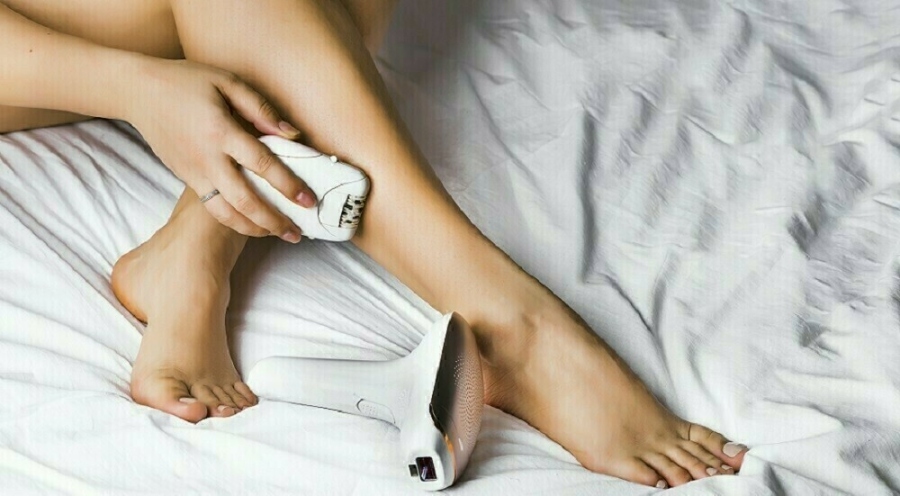How to Remove Hair Permanently
We take umbrage to people who say they don’t really understand the hype with permanently zapping off unwanted the hair. Really? Let’s dive into details, shall we? Generally, a woman’s daily ritual includes facial cleansing twice a day, toning, moisturizing, putting makeup on, taking makeup off, applying sunscreen, showering, shaving, correcting brows, blow-drying and if you are not in your 20s, adding serums, masks, vitamin-filled night creams to the mix. Then, you can move onto the weekly facial steaming, leg waxing, blowout, manicure, pedicure, brow shaping, exfoliation; next, add the hair trims and colorings, professional skin care facials, tanning salons or bronzers, and bikini line waxes to your monthly grooming tasks—and, this doesn’t even come close to the full list. It’s all time-consuming,tiring, andexpensive. So, whenever a chance comes along to permanently eliminate something from that very long but necessary list, we tend to jump on it ASAP.
If you have decided to invest in this beloved business and help us all find sure ways to permanently remove hair,we welcome you with open arms. Did you know that full-body hair removal is so popular that it sometimes appears on people’s bucket lists? I’ve recently come across an article on Allure where an author dreamed of earning enough money to travel through Asia, pay for ivy-league schools for her kids, and (drum roll, please) get full-body laser hair removal treatments. So yes, it is definitely a good investment for any beauty salon or self-employed beauty professional.
How to Stop Hair Growth on Body Permanently?
Laser hair removal has been around only since the 1990s, though even since then it has evolved greatly. The way these treatment works is laser beam emits IR radiation that specifically targets the dark hair pigment called melanin. Just a short while ago people with darker shades of skin were denied the treatment. So, if you look at the Fitzpatrick scale you would need to immediately exclude Types four and five with the highest melanin concentration in the skin and sometimes even Type three. Being the primary determinant of skin color, melanin is largely represented in the skin and absorbs IR radiation waves just as the dark hair follicle. This, of course, can result in skin burns and blisters. And now, thanks to the vast investments of the manufacturers into research and development, to resolve this particular problem we have this new cutting-edge laser equipment that only targets the dark hair root pigment,safely and carefully bypass the tissues without causing any reaction from the melanin in the skin. The only ones still left out from our hair zapping party are the blond-haired. We still have no way of treating people with grey hair, blond hair and light redheads as there is no melanin whatsoever for the laser to attack.
The UV Radiation vs. IR radiation
People often have concerns about the radiation and the damage it can cause to the skin and the health overall.
Take some time during the first consultation to explain that sun damage is done by the harmful UV (Ultraviolet) radiation and Lasers can only emit the IR (Infrared) one, which is safe for the human skin.
UV light damages the skin on a cellular level and can cause a line of different skin problems and diseases, from the ones easily treatable with creams or a simple microdermabrasion appointment and the more complicated and even the terminal ones, that are treated with chemotherapy. Skin suffers from the UV radiation even if people haven’t damaged it to the point of extreme when burns and blisters make an appearance. So, just remind your client that in order to avoid pigmentation, dark spots, crinkly leathery textured skin with lines and wrinkles, premature aging of the skin and even cancer they should always be mindful of the sun and a good quality SPF should make a daily appearance on their skin.
Laser machines emit a pulse of infrared (IR) radiation that can bypass the skin omitting damaging or injuring the skin tissue.
![]()
How to Remove Hair Permanently: the Step-By-Step for the Client
There are a lot of things that can easily make you cancel the laser hair removal appointment and you’ll lose valuable time and money. Make sure you properly explain to your clients during the first consultation on how to prepare for the appointment to avoid misunderstandings and cancellations. Or, better yet, just send a reminder email to all new clients with the list of rules, possible treatment side effects, absolute contraindications, pre- and post-treatment instructions and preliminary dates for the consequent appointments as well as the number of times they are going to have to come in for the treatment. Here are the instructions that should be given to every client prior to the first appointment:
- Avoid the sun before and after the treatment. No sunbathing and/or tanning should be a rule for at least 30 days before the treatment and 30 more after. Make sure your clients use sunscreen with a higher SPF whenever they are outdoors, avoid sunbathing, tanning beds and limit any exposure to the sun. This doesn’t mean that they cannot go outside in the summer, but a simple wide-brimmed hat, covered-up skin when exposed to direct sunlight and generally spread SPF 30 would go a long way. This is actually the reason you will see a spike in the laser hair removal customers in the winter, it is much easier to cover up from head to toe and have the fairest skin in the land.
- No waxing appointments, no tweezers, no plucking. Explain to your clients that lasers only work if the root is intact. Waxing or plucking removes the body and the hair follicle and laser won't target this exact area and the hair will regrow. Shaving is fine up to the last day and even preferred the day off.
- No discoloration agents or bleach. Bleach can reach the root and destroy the pigment which will disqualify anyone from laser hair removal treatment.
- Remind your customers to take a painkiller (Tylenol, Ibuprofen) or antibiotics if they were recommended to do so during the consultation.
- Your clients should come in for the procedure with clean skin. Additionally, stress that they should not use any makeup, creams, serums or prescription ointments on their skin. They should also avoid antiperspirant if the underarm area is being treated.
- If you don’t use medical gowns for your customers to wear during the treatment ask them to dress comfortably and in a way which will let you easily access the area being treated.
- Include the list of the absolute contraindications as stated by the ABLS (American Board of Laser Surgery). We urge you to download their official Information and Consent form and make sure your client carefully reads it and signs prior to the laser hair removing treatment procedure. Plus, this form includes very detailed rules to follow before and after the treatment. Download here: https://www.americanboardoflasersurgery.org/documents/Laser_Hair_Removal.pdf
How to Get Rid of Hair Permanently: the Step-by-Step Guide for Beauticians.
Let’s assume that a customer comes in for a leg treatment and walk you through the steps to complete the treatment:
Step 1. Collect a signed Information and Consent form. Ask if your client has any additional questions; if so, take time to answer all of them.
Step 2. Ask if the area to be treated with a laser is shaven. If not, proceed to shave the soon-to-be-treated zone.
Step 3. Ask your client to put on goggles on and not to take them off unless explicitly told so. Explain that this is for their safety.
Step 4. Turn on the laser and while it is charging, go over important information once more. Make sure they weren’t recently over-exposed to the sun, as the consequences of that are quite unpleasant and rather painful.
While going over the procedure of how to remove leg hair permanently, discuss the possibility of pain. Remind your customer that patients some experience very light pain, and that you can use a numbing cream for such occasions. Elaborate that hairs on the legs are more likely to be darker and thus coarser, so, unfortunately, the laser beam will have to emit more energy and cause more unpleasant and/or uncomfortable sensations. During the 40 to 50 minute leg treatment, it is very likely to feel some level of discomfort because of numerous coarse hairs. Ask your clients to notify you of their level of discomfort during their laser treatment.
Tell the patient to strictly follow post-treatment instructions and strictly keep scheduled appointments in the agreed-upon series of hair removal treatments.
Step 5. Rub conductive gel on the area that is about to be treated.
Step 6. Choose an automatic setting.
Choose the settings according to the type of skin, color of the skin, hair color, and hair thickness in the part of the body being treated in your patient. It is quite usual to choose a mode for thick hair for the first treatment, and move onto thinner modes as you move along because the series of treatments will thin out the hairs. Please carefully read your instruction manual to clearly understand all the settings.
Step 7. Always use a cooling system throughout the treatment. The cooling system is necessary for the comfort of the patient and it protects the skin surface that is surrounding the hairs being lasered.
Step 8. Start the treatment and methodically move up and down the legs. Usually, when treating the legs, operators find it helpful to move in straight lines.
Step 9. After the treatment, you may see a bit of swelling around the hair roots and a bit of redness in the skin; both are very normal right after the treatment.
Step 10. After the treatment, give your patient clear post-treatment instructions; it is common for the skin to feel like it would after a sunburn, but this sensation should disappear in 4 to 5 hours. If the pain doesn’t t fade and becomes bothersome, ask your client to treat the area with an ice pack and to take a painkiller for the pain.
Step 11. Discuss the date of the next visit and remind the client that keeping on top of their appointments is one of the most important things for getting desired long-term results.



































